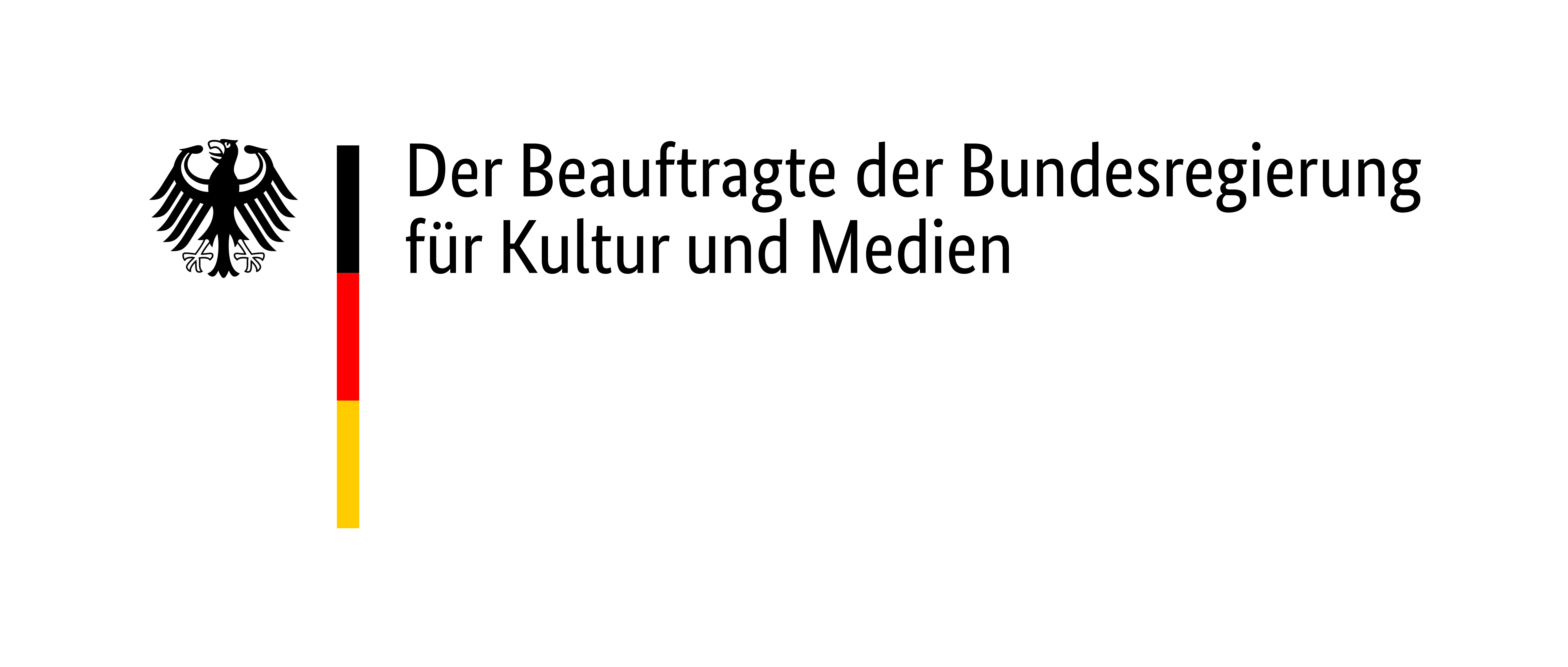LEAVING THE CAMP
Above the former barracks
The Frenchman Jean Puissant describes the moment of his departure from Buchenwald:
“The next evening, 20 April 1945, as we were preparing a hearty meal in our charming little room, the sound of engines under our windows, squealing brakes, shouting,...

